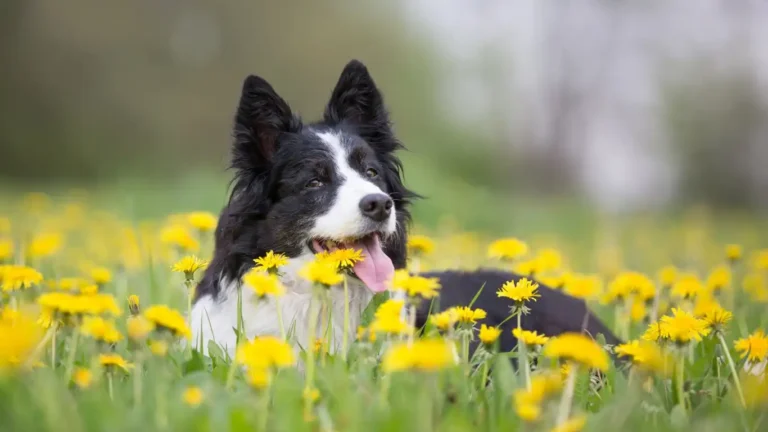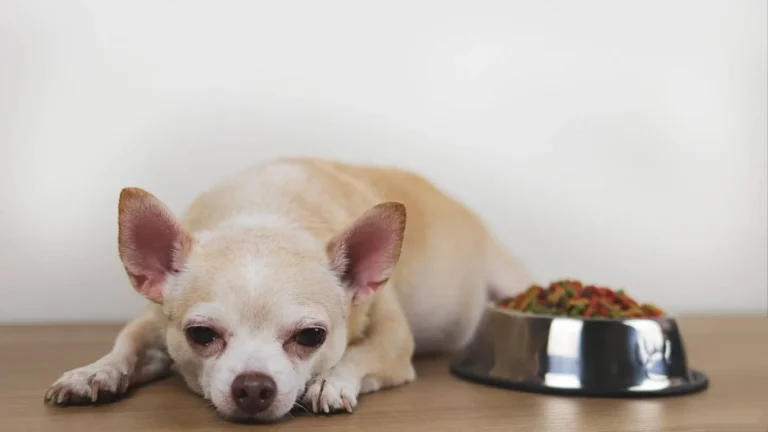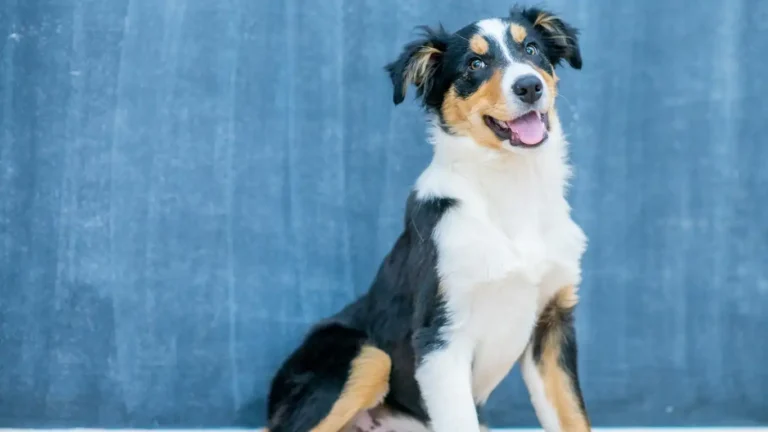How to Properly Clean a Dog’s Food and Water Bowls for Health
If you’re wondering how to properly clean a dog’s food and water bowls, you’re in the right place. As a Veterinary Technician/Nurse who’s been elbows-deep in everything from nutrition consultations to scrubbing down stainless steel kennels, I can tell you this: those innocent-looking bowls? Total germ magnets. It’s wild how many pet parents overlook this super basic hygiene step. But honestly, I get it — life gets hectic, and between walks, work, and belly rubs, dish duty slides under the radar. Still, it’s more important than most people think. Dirty bowls can harbor bacteria, mold, and even biofilm (we’ll get into that gnarly detail soon). So let’s dive in — the healthy, no-guilt way.
Why Bowl Hygiene Matters More Than You Think

It’s not just about being tidy — clean food and water bowls are a part of basic preventive health care. In clinics, we always stress the importance of home hygiene. You wouldn’t eat off a dirty plate every day, right? Well, your dog shouldn’t either. Here’s the scoop (pun intended):
- Bacteria Buildup: Leftover bits of wet food, kibble dust, slobber, or even crumbs can become a breeding ground for bacteria like Salmonella or E. coli.
- Biofilm Formation: This is a slimy layer of gunk made of microorganisms that stick to surfaces. Even when it looks clean, if you feel a slick film on the bowl, that’s biofilm.
- Mold & Yeast: Especially in water bowls left out too long, mold and yeast can grow, posing a risk to sensitive dogs, especially those with allergies or compromised immune systems.
In my experience, dogs with chronic skin issues, GI troubles, or even just bad breath often have one thing in common: neglected bowl hygiene. You wouldn’t believe how many dogs perk up health-wise just from a better cleaning routine. It’s such a simple change with a big payoff.
How Often Should You Clean Your Dog’s Bowls?
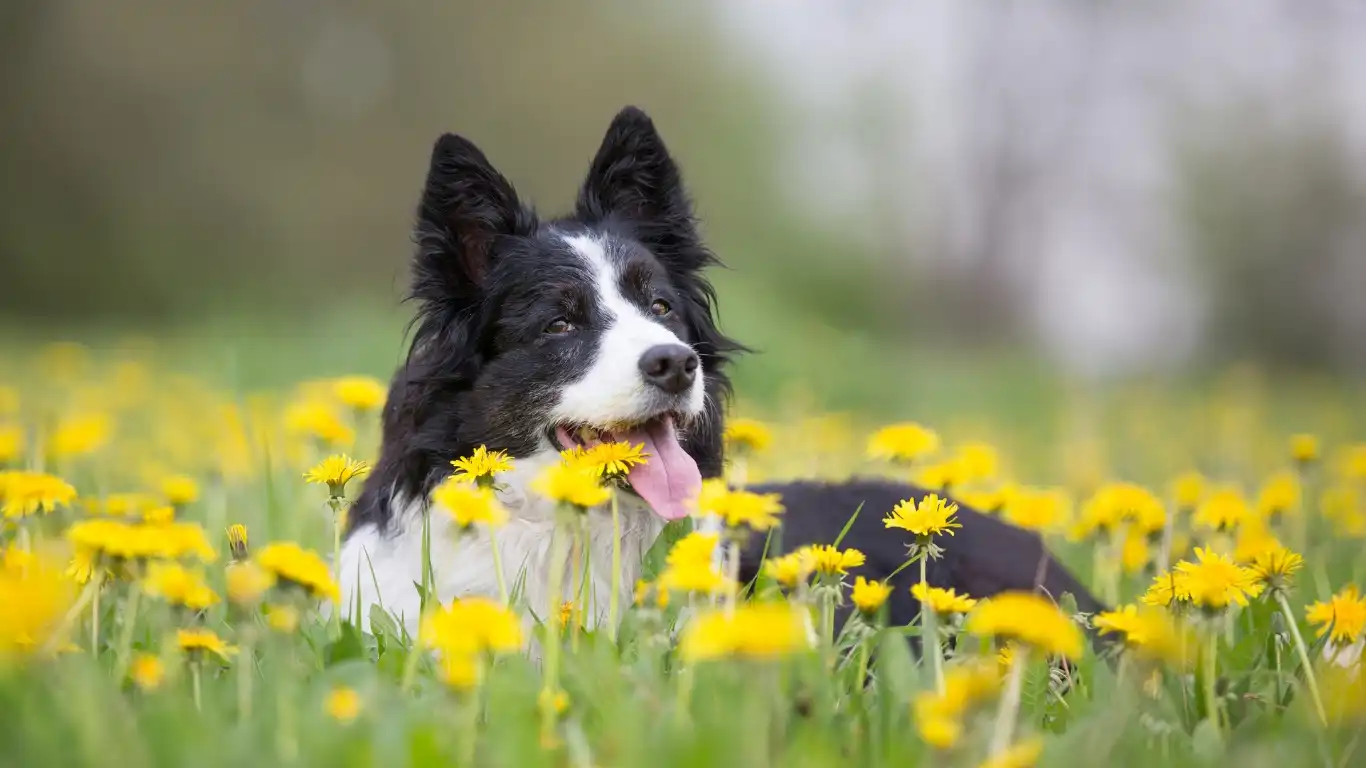
So, let’s answer the million-dollar question: how often is often enough? The answer might surprise you. Daily. Yep, every single day.
Food Bowls: Clean After Every Meal
If you’re feeding dry kibble, you might think it’s “cleaner,” but nope — dry residue builds up fast. Wet food? Definitely a bigger culprit. After each meal, rinse thoroughly and wash with hot water and dish soap. I always tell my clients: if you wouldn’t eat off it, your pup shouldn’t either.
Water Bowls: Rinse Daily, Deep Clean Weekly
Water seems harmless, right? But it’s actually the perfect environment for bacteria, especially if it sits all day. Rinse and refill every morning (and evening if you can), and give the bowl a legit scrub at least once a week. More often if you have a drooler or a messy drinker (shoutout to those lovable giant breeds!).
What’s the Best Way to Clean Dog Bowls?
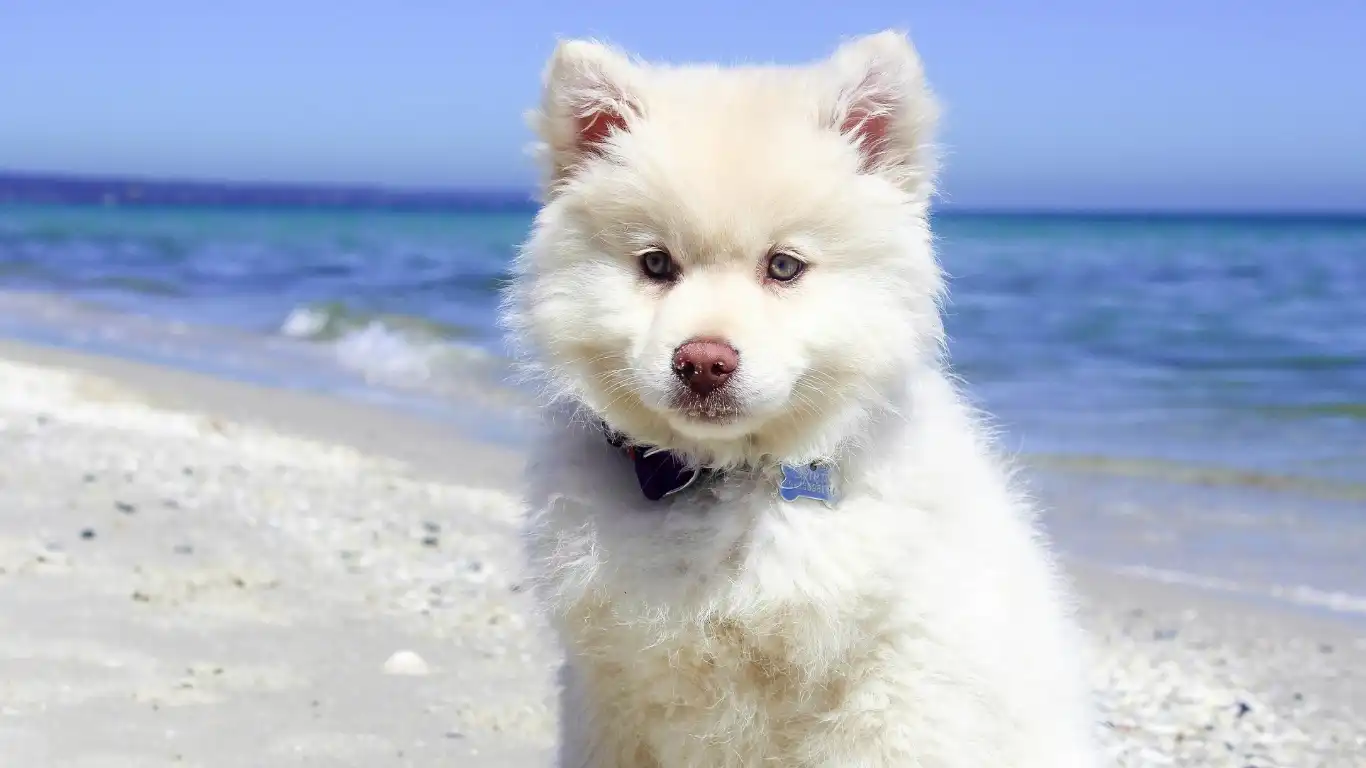
Great question — and you’d be surprised how many people use the wrong tools. No shame, I used to think rinsing was enough before I got into vet nursing. Here’s how to do it right:
- Use hot, soapy water: Just like your own dishes. A mild dish soap is usually fine — look for unscented if your dog has allergies or sensitivities.
- Separate sponge or brush: Always keep a dedicated one just for pet dishes. Cross-contamination is a sneaky thing.
- Rinse thoroughly: Soap residue can upset some doggy stomachs, especially smaller breeds or those on prescription diets.
- Dry completely: Air dry or towel dry before refilling — this helps prevent mold and bacterial growth.
Pro Tip: Every Sunday, I toss my dog’s stainless steel bowls in the dishwasher for a high-heat sanitize cycle. Easy, fast, and effective. Just make sure they’re dishwasher safe!
Materials Matter: Which Bowls Are Easiest to Keep Clean?
Not all dog bowls are created equal. Some materials are just better at staying cleaner longer — and safer overall. Based on my hands-on experience and loads of client feedback, here’s the lowdown:
- Stainless Steel: My #1 pick. Non-porous, dishwasher-safe, and doesn’t hold odors. Plus, it’s more resistant to bacteria than plastic or ceramic.
- Ceramic: Cute and often heavy (great for enthusiastic eaters), but be cautious — chips and cracks can harbor bacteria and hurt your pup.
- Plastic: Budget-friendly, but prone to scratching, which creates perfect little homes for bacteria. I usually recommend phasing these out over time.
If your dog has acne on their chin (yes, it’s a thing!), it could be from plastic bowls. I’ve seen this so many times in the clinic — swap to stainless, and boom, it clears up in days.
Signs Your Dog’s Bowl Could Be Making Them Sick
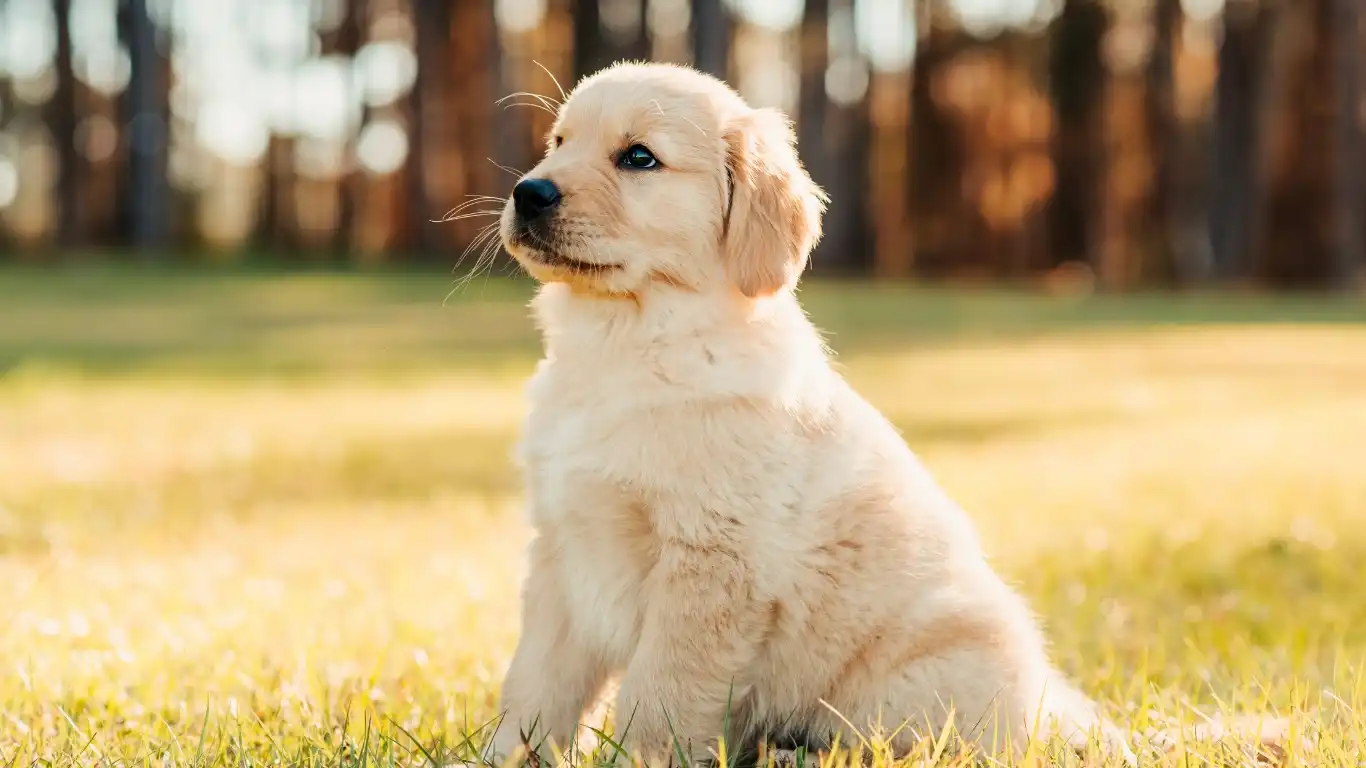
Now, let’s talk about something serious: your dog’s bowl could be making them sick, and you might not even know it. I’ve seen this happen too many times in my career as a Veterinary Technician/Nurse. You’d think a dog’s bowl is just a harmless object, right? But if it’s not cleaned properly, it can become a breeding ground for harmful bacteria, mold, and other gross stuff that can affect your dog’s health.
Gastrointestinal Issues
If your dog is suddenly having digestive issues like vomiting, diarrhea, or excessive gas, it’s time to take a closer look at their food and water bowls. Sometimes, bacteria from old food or moldy water can cause these problems. In many cases, simply cleaning the bowl properly (and more frequently) can alleviate these symptoms. I’ve seen dogs with chronic stomach problems respond well after switching to a cleaner, more consistent bowl routine. It’s one of those simple fixes that can make a huge difference!
Skin Problems or Acne
Another sign to watch for is if your dog develops sudden acne or irritation around their chin or mouth. This could be a sign of plastic bowl syndrome — a fancy term for the acne dogs get from eating out of plastic bowls that have developed micro-scratches. These tiny scratches can hold onto bacteria, which then irritates your pup’s skin. I know it sounds like something small, but trust me, it’s something I’ve seen all too often in the clinic. Switching to a stainless steel or ceramic bowl can solve this issue in no time.
What Are the Best Sanitizing Practices for Dog Bowls?
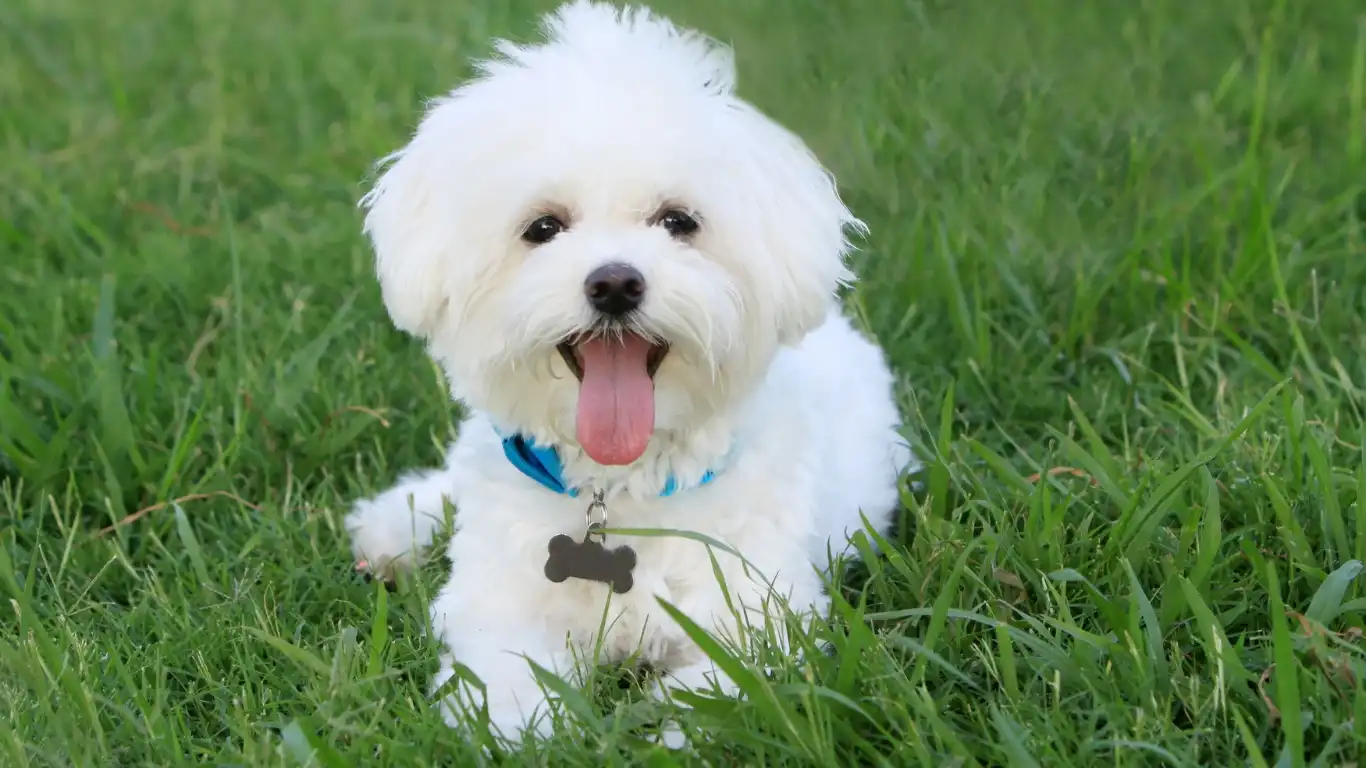
Cleaning your dog’s food and water bowls isn’t just about giving them a quick rinse. For optimal health, it’s crucial to sanitize their bowls properly. Here are some effective methods I personally recommend:
Daily Rinsing and Scrubbing
Start by rinsing your dog’s bowls with hot water after every meal. I know it’s tempting to just throw the bowl back in the corner, but trust me, a quick rinse after each use can go a long way. Here’s a pro tip: use a separate sponge or scrub brush just for your dog’s bowls. This prevents cross-contamination and ensures that bacteria from other areas of your kitchen (or your own dishes) don’t sneak in. I’ve found that the act of thoroughly scrubbing out old food bits can really cut down on bacterial growth. I know some folks who even use a toothbrush for a more detailed scrub — but hey, that’s up to you!
Deep Cleaning Every Week
On top of daily rinsing, you should give your dog’s bowls a deep clean at least once a week. I suggest using a mixture of hot water and a mild, pet-safe dish soap. A lot of people think regular dish soap is fine, but some brands have fragrances or harsh chemicals that could irritate your dog’s skin or stomach. If you’re unsure, you can always use a pet-specific cleaner or make your own by mixing white vinegar and water. The vinegar works wonders to get rid of stubborn biofilm and other grime.
Bonus Tip: Throw your dog’s bowls in the dishwasher for a high-temperature clean once a week. It’s super easy, especially if you have stainless steel or ceramic bowls. Just make sure to check that the bowls are dishwasher-safe before you go ahead!
What to Avoid When Cleaning Dog Bowls
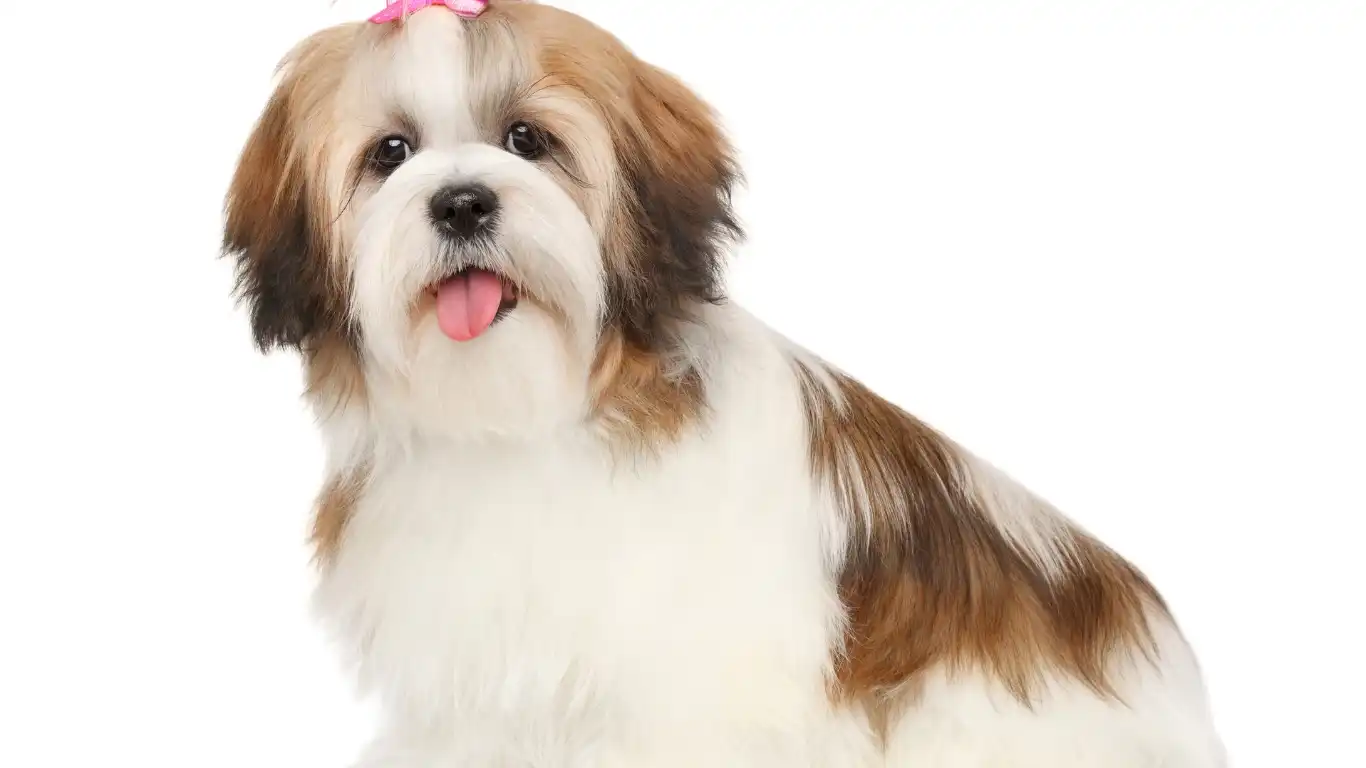
It’s just as important to know what NOT to do when cleaning your dog’s bowls. Over the years, I’ve learned (sometimes the hard way!) about the cleaning mistakes that can do more harm than good. Let’s break down a few of the biggest offenders:
Avoid Harsh Chemicals
Using strong cleaners like bleach or disinfectants on your dog’s bowls is a no-go. These chemicals can leave behind residues that are harmful if ingested — and trust me, they will lick those bowls clean. Stick to mild dish soap, vinegar, or a specialized pet-safe cleaner. Your dog’s stomach will thank you.
Don’t Let Food Sit for Too Long
Even if you think you’re getting to the bowl “soon,” it’s best not to let food sit for hours before cleaning. Wet food is especially dangerous in this regard. After a meal, rinse out the bowl as soon as you can. Old, moist food can quickly turn into a sticky mess that becomes harder to clean. Plus, the longer it sits, the more likely you are to end up with bacteria growth or that dreaded biofilm.
Avoid Using Plastic Bowls
If you’re still using plastic bowls, it might be time for an upgrade. Plastic bowls are notorious for retaining food residue, and they develop micro-scratches that can trap bacteria. Even if you wash them regularly, they’re still a breeding ground for germs. I’ve personally switched all my clients (and my own pups) to stainless steel or ceramic bowls, and the results speak for themselves.
Additional Tips for Keeping Your Dog’s Mealtime Hygienic
Keeping your dog’s bowls clean is only one part of maintaining a healthy feeding environment. But there are other little habits that can help, and these are things I make sure to emphasize in every vet visit:
- Change the Water Regularly: Even if it’s not dirty, your dog’s water bowl should be refreshed daily. I’ve seen dogs who drink stale water all day long, and that can lead to dehydration or a buildup of bacteria. Fresh water = happy pup.
- Use a Mat: Place your dog’s food and water bowls on a mat to catch spills and prevent food from getting under the bowls. A clean mat helps keep the area around the bowl free from debris and water, which can also cause mold and bacteria to grow.
- Elevated Bowls for Larger Dogs: If you have a big dog, consider an elevated bowl. It’s easier on their joints and also keeps food from spilling everywhere, making cleaning up much simpler.
These are small changes that can help maintain a clean environment for your dog during mealtime. After all, keeping your dog’s food and water bowls spotless is one of the simplest ways to show you care about their overall health. It only takes a few minutes each day, and it makes a world of difference.
How to Maintain Cleanliness Around the Dog’s Feeding Area

Now that we’ve covered the essentials of cleaning your dog’s bowls, it’s time to talk about the area around them. Keeping your dog’s food and water bowls clean is only half of the equation. Maintaining a clean feeding area is just as important. Trust me, I’ve seen firsthand how quickly things can get messy with enthusiastic eaters or drinkers. Whether you’re dealing with a puppy who’s still figuring out their coordination or a big dog that’s a little overzealous with their meals, it’s easy for food and water to spill out of the bowl, creating a mini mess that can quickly turn into a health hazard.
Why Clean the Feeding Area?
While it might seem like the food and water bowls themselves are the main focus, bacteria, mold, and germs can also accumulate in the surrounding area. Think about it — when water spills, it can soak into the floor, creating a perfect breeding ground for harmful bacteria. Leftover kibble or wet food crumbs can also attract pests like ants, flies, and even rodents. In my experience, when pet parents clean up the area around the bowls regularly, it reduces the risk of cross-contamination and ensures that your dog’s mealtime environment stays hygienic.
Best Practices for Cleaning the Feeding Area
First off, get yourself a good mat. A mat underneath the bowls is an absolute game-changer. It helps contain spills, prevents food from going everywhere, and makes it much easier to clean up. There are some excellent silicone mats out there that are dishwasher-safe, making cleanup even simpler. In addition to using a mat, I always recommend wiping down the surrounding area daily, especially if you have a messy eater. Use a damp cloth and a pet-safe disinfectant to sanitize the surface. Don’t forget to clean the mat too, especially if you’re noticing crumbs or food particles collecting on it.
Switching to the Right Dog Food Can Help With Cleanliness
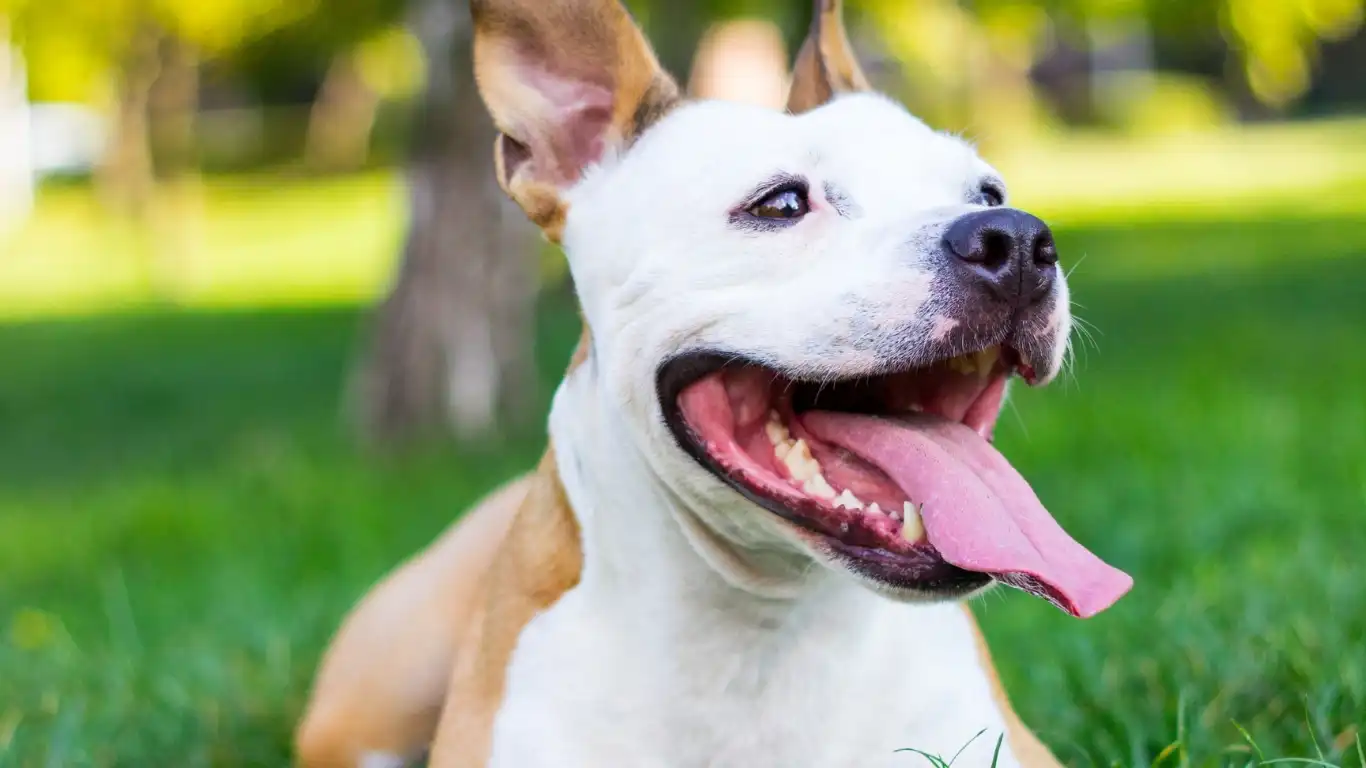
Speaking of food, did you know that the type of food you choose for your dog can have an impact on their bowl cleanliness? I know it might sound like a stretch, but hear me out. The consistency and texture of the food can affect how easily it sticks to your dog’s bowl. Wet food, for example, is notorious for leaving residue behind, while dry kibble often leaves crumbs that can get stuck in the grooves of the bowl. I’ve worked with clients who’ve noticed that switching to higher-quality, less messy food options can reduce the amount of cleanup required after mealtime.
Dry vs. Wet Food
Here’s the deal: dry kibble tends to be less messy, but that doesn’t mean it’s free from its own set of cleaning challenges. It still leaves behind crumbs, and over time, those crumbs can turn into hard-to-remove gunk if not cleaned properly. Wet food, on the other hand, can leave a thicker layer of residue that requires more frequent scrubbing. If you’re dealing with a messy eater, try to opt for a dry food formula that’s designed for easy digestion and reduced crumbling. This can help minimize the mess around the bowl. However, if your dog prefers wet food, just make sure you’re cleaning those bowls thoroughly after each meal to prevent any buildup.
Consider Raw or Freeze-Dried Options
Another option to consider is switching to raw or freeze-dried food. While it’s not for every dog, many owners have found that these options leave less residue behind, making cleanup a breeze. Additionally, raw diets are often higher in moisture, which is great for your dog’s hydration. Keep in mind that if you go this route, you’ll need to follow proper hygiene practices to ensure food safety, especially when dealing with raw meats.
Frequently Asked Questions (FAQs)
How often should I replace my dog’s food and water bowls?
It’s a great question! You don’t need to replace your dog’s bowls constantly, but you should inspect them regularly for any signs of wear and tear. If you notice cracks, scratches, or discoloration, especially in plastic bowls, it might be time to replace them. Stainless steel and ceramic bowls are much more durable, so they’ll last longer. Just make sure you’re cleaning them properly to get the most out of their lifespan!
Can I use bleach to sanitize my dog’s bowls?
Bleach is an effective disinfectant, but it’s not safe for dog bowls. It can leave harmful residues that are toxic to pets, especially if not rinsed thoroughly. Instead, stick with mild dish soap, vinegar, or a pet-safe cleaner. You’ll get the same level of cleanliness without the risk of harming your dog.
What should I do if my dog refuses to eat out of a newly cleaned bowl?
It’s not uncommon for dogs to be a little hesitant when you switch things up. If your dog is refusing to eat out of a newly cleaned bowl, try rinsing it with just water to remove any lingering smells from soap or cleaning products. You can also try rubbing a little bit of peanut butter or chicken broth around the inside of the bowl to make it more enticing. Just make sure to use safe ingredients for your dog’s diet!
References
Disclaimer
The information provided in this article is based on my personal experiences as a Veterinary Technician/Nurse specializing in nutrition, as well as general knowledge about pet care. Always consult with your veterinarian for specific advice related to your dog’s health, diet, and hygiene needs. Every dog is different, and what works for one pup might not work for another!



